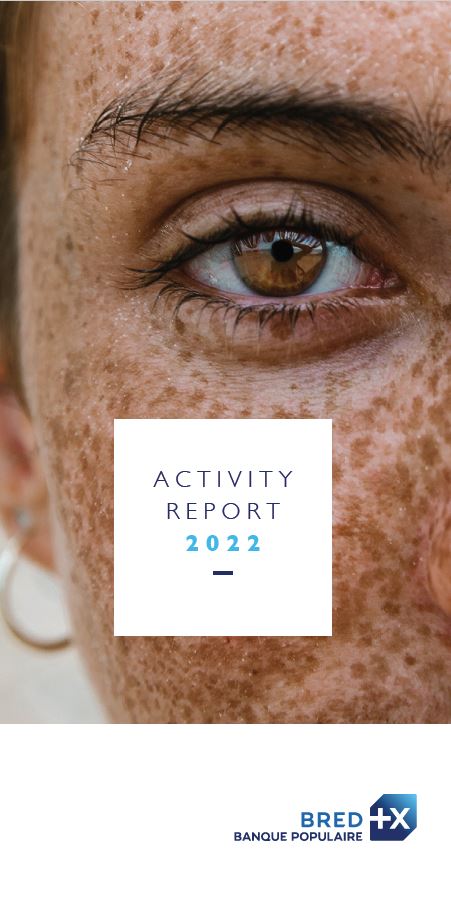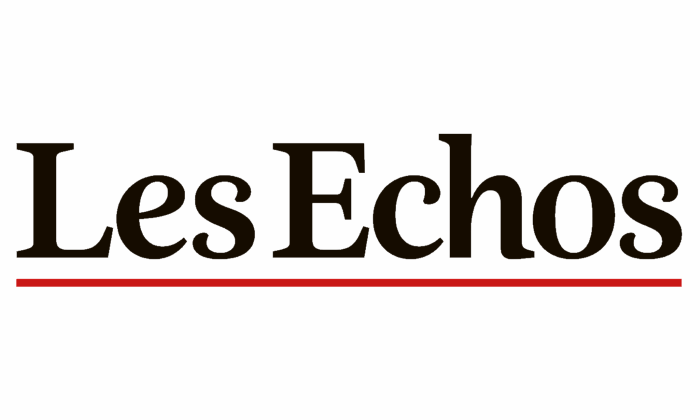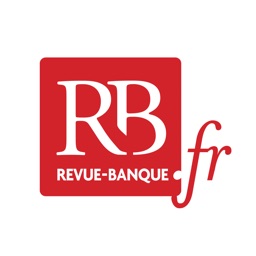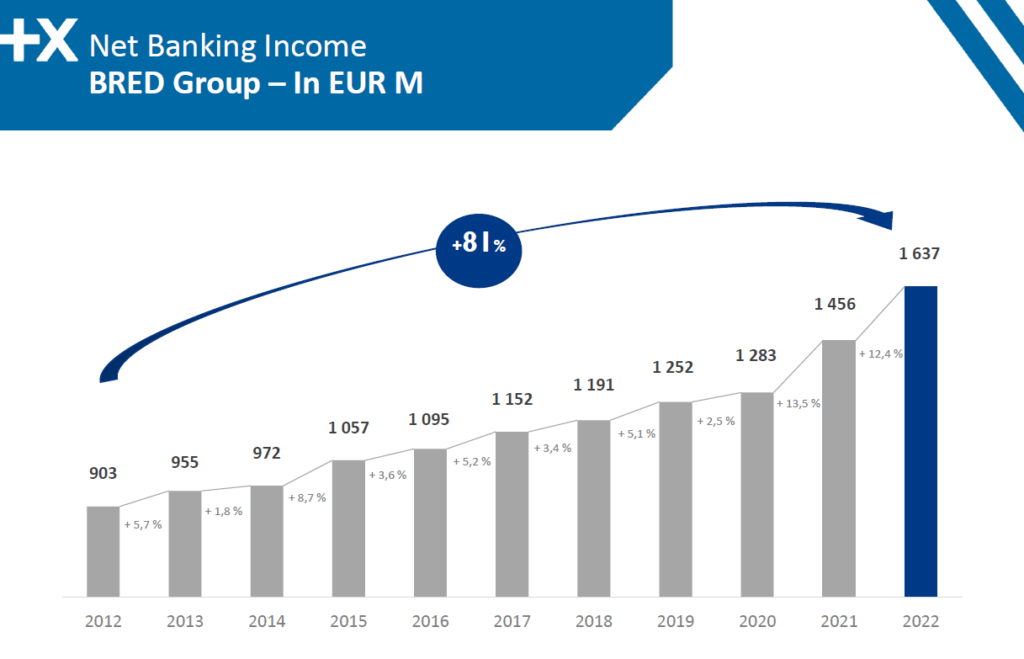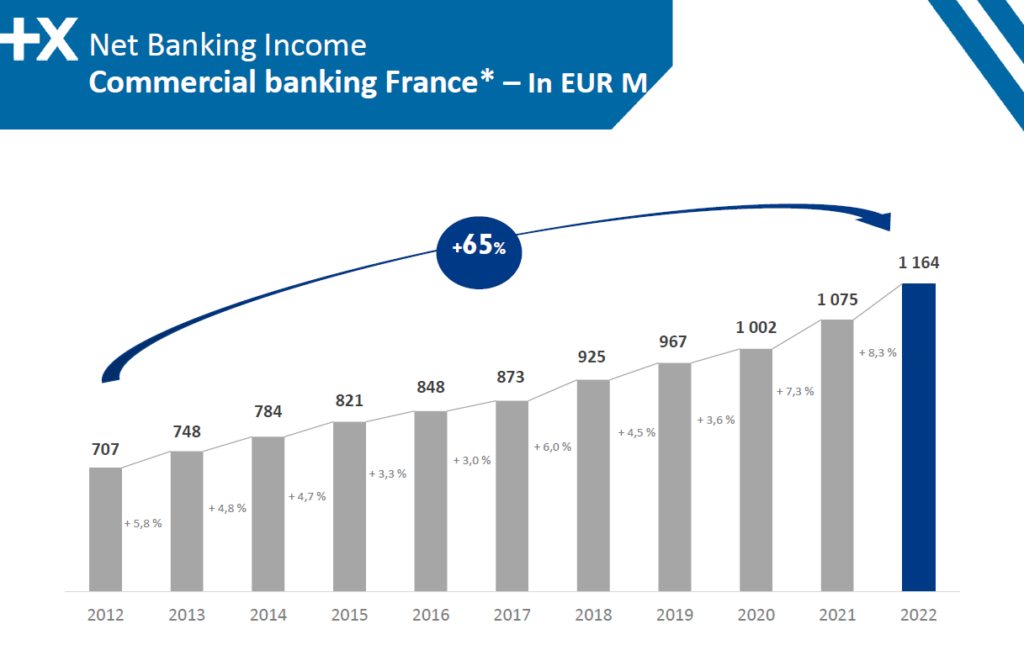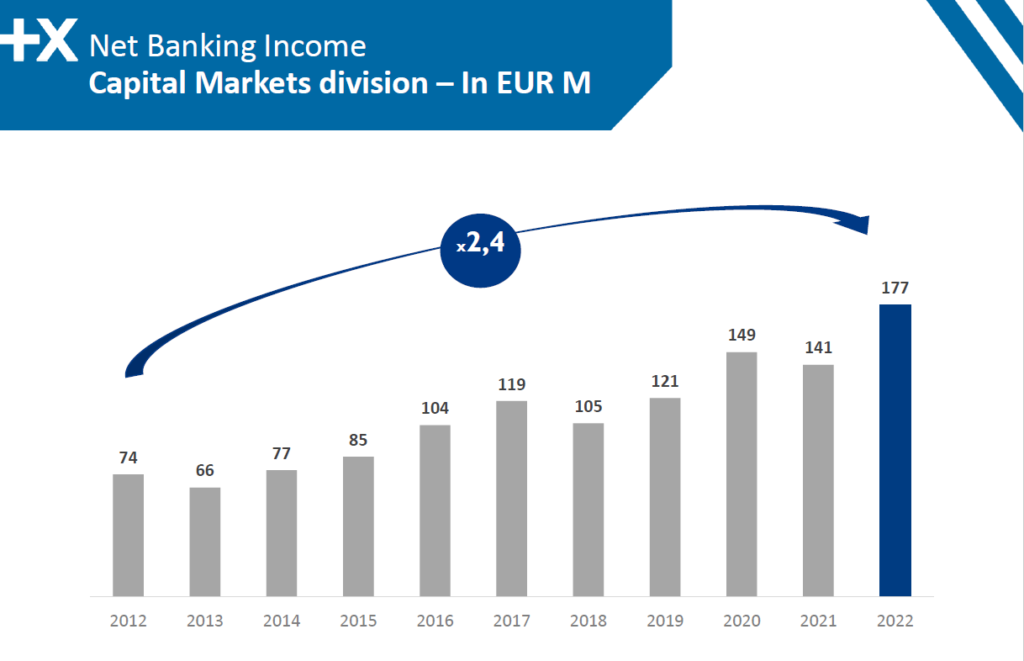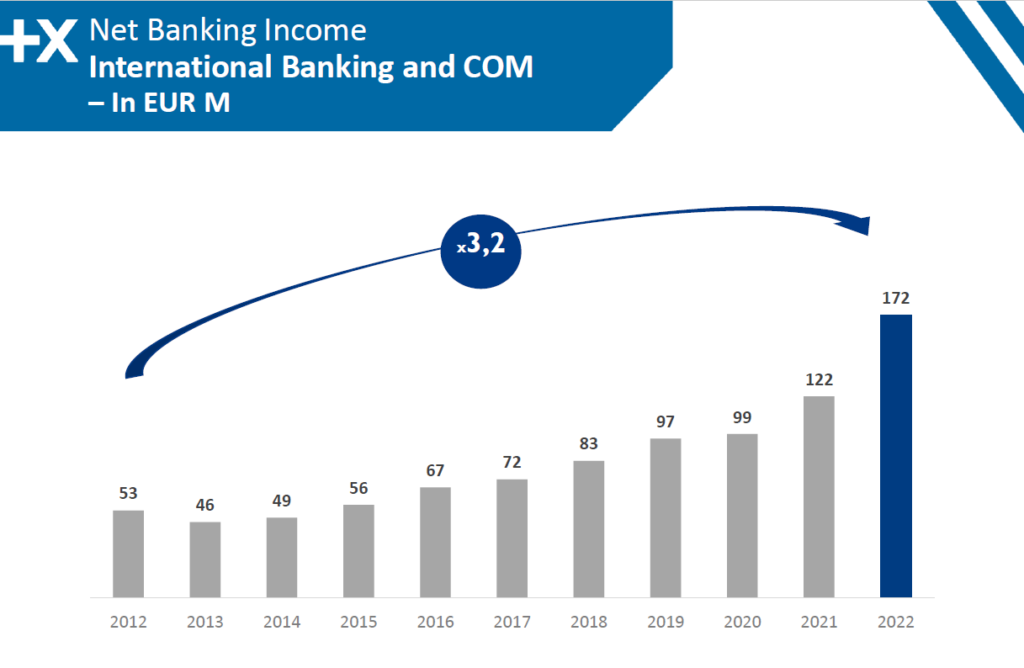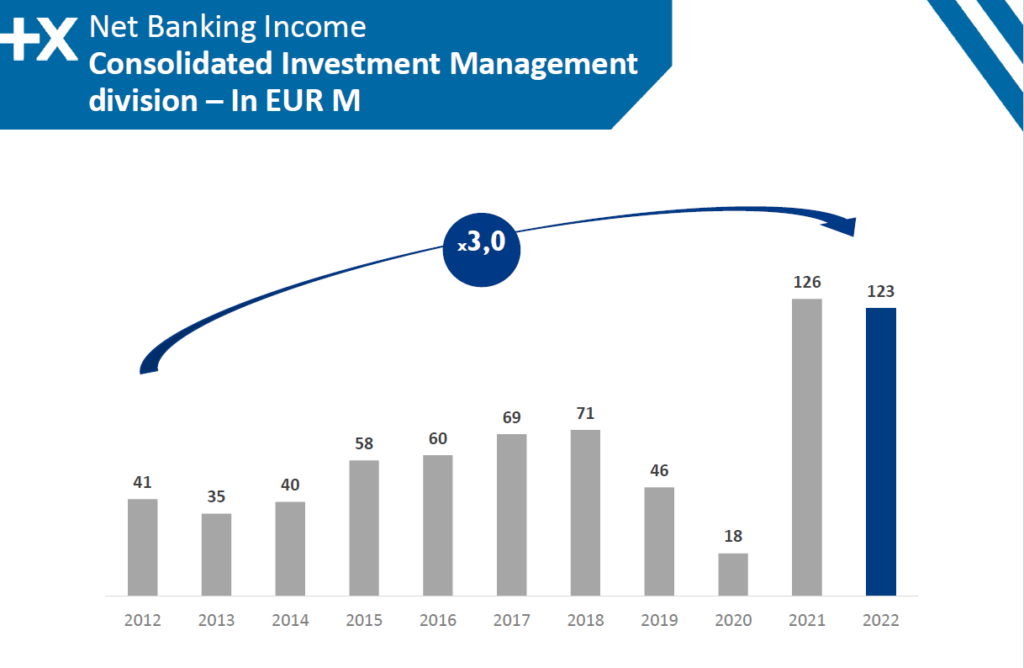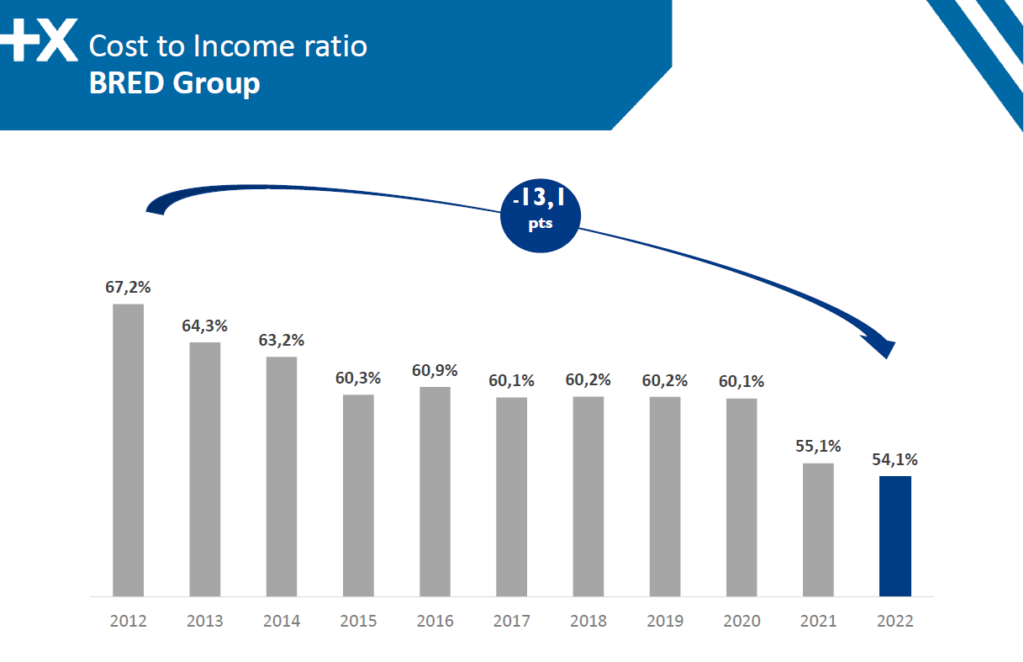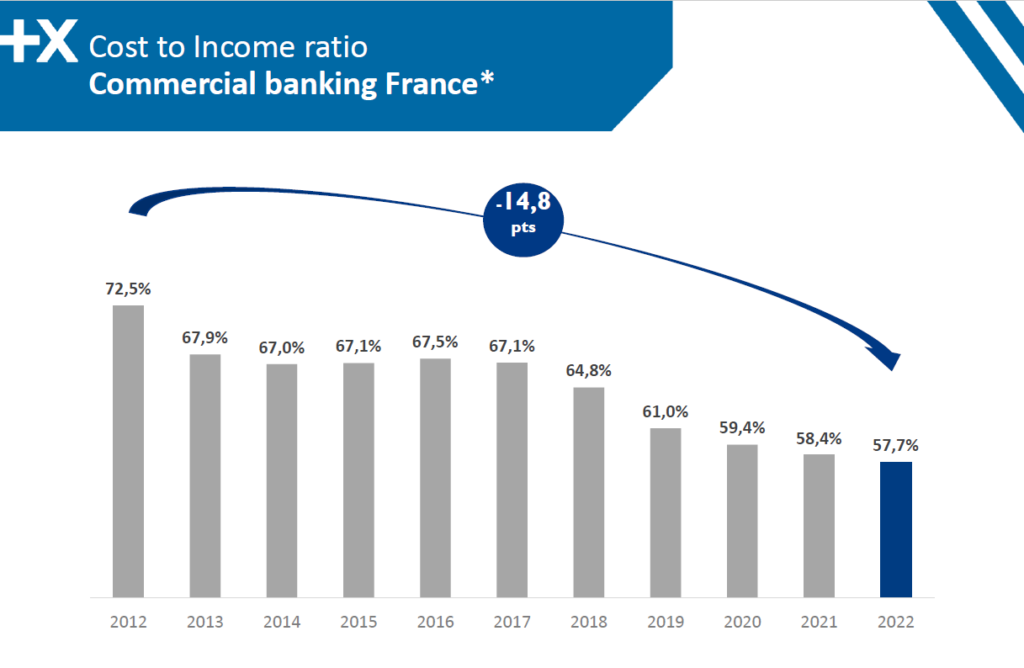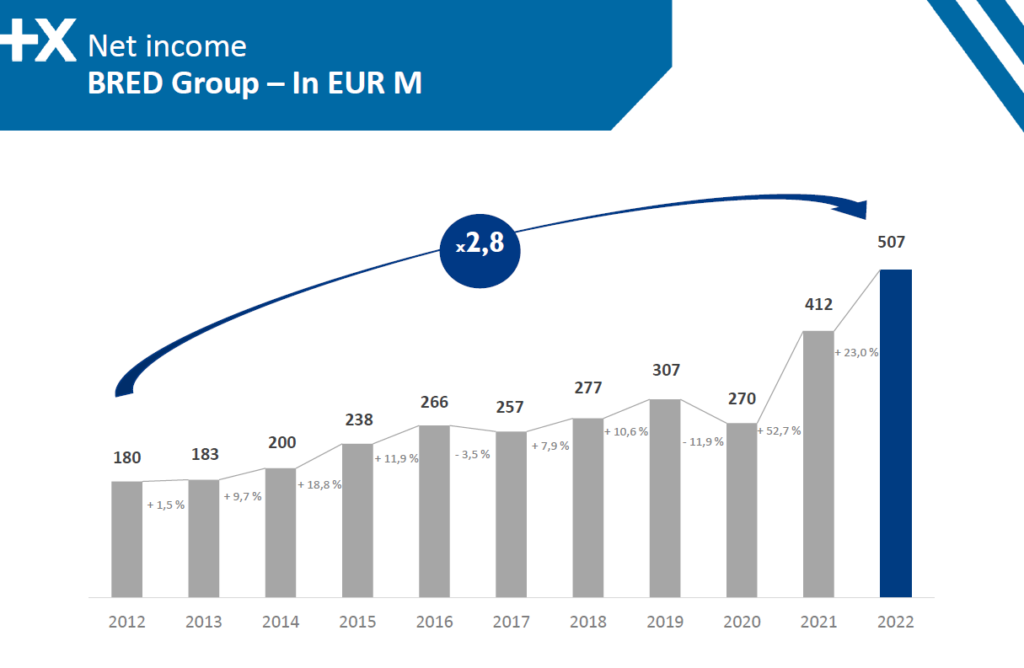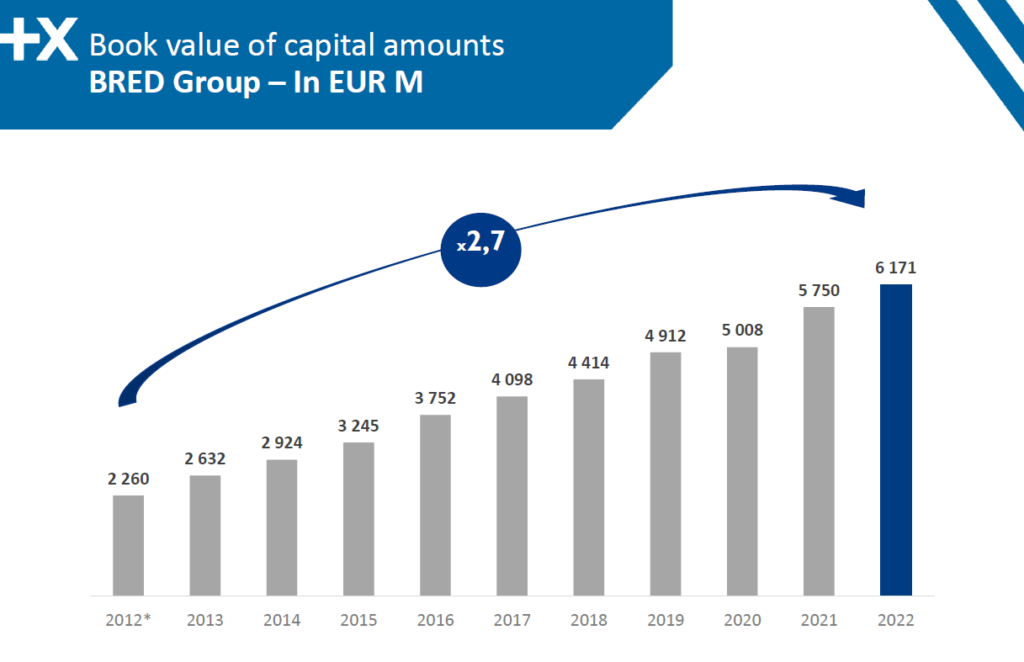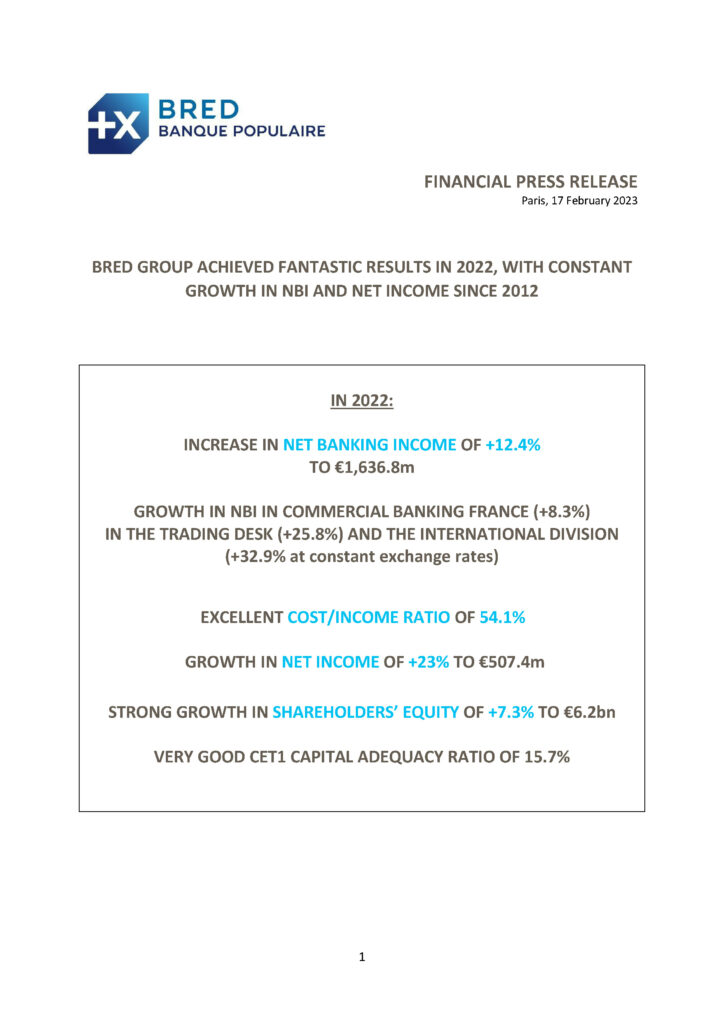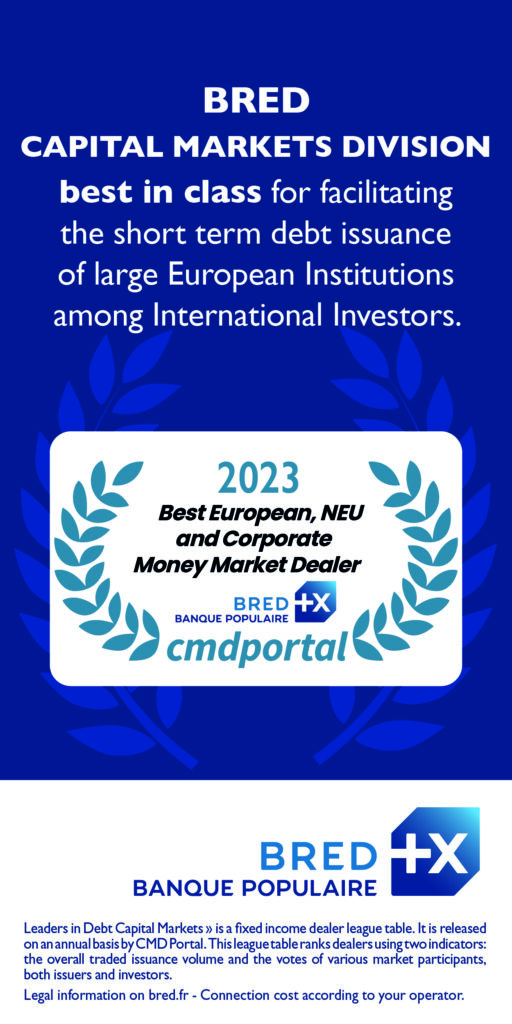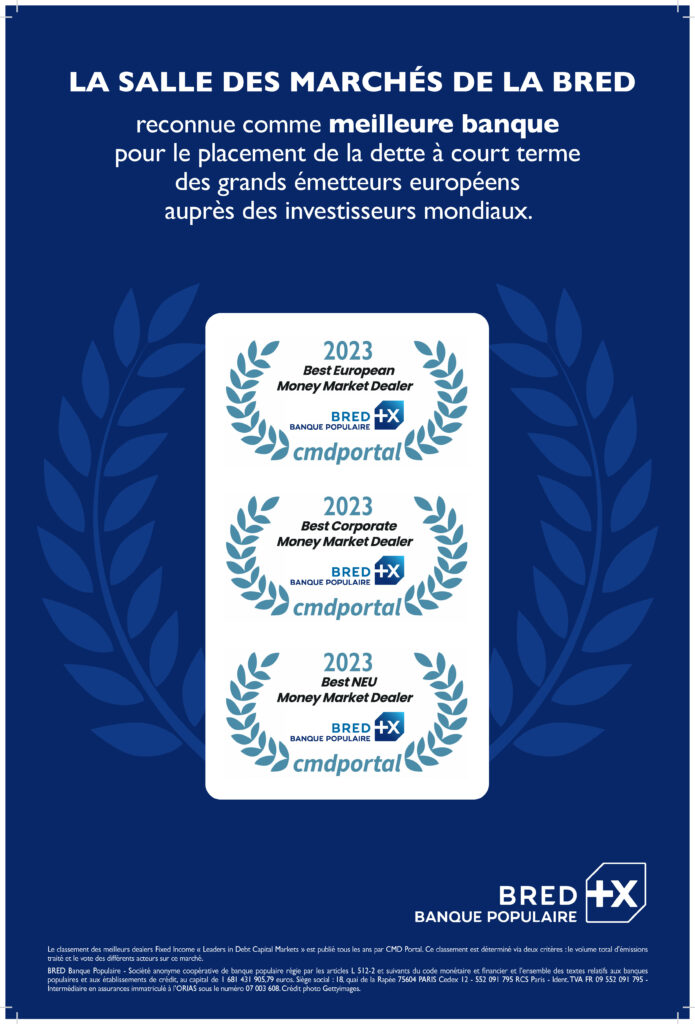A shift in economic and financial paradigm occurred as the pandemic ended. How does this change impact the banking business?
Today, inflation is back and not just temporarily. It implies a rise in interest rates, partly due to the spontaneous movement of financial markets to protect real investment returns – even if the markets seem to be overestimating the speed and intensity of the fall in underlying inflation – and even more so due to the change in monetary policy that has become necessary, with the rise in central bank key rates – which for the same reasons will probably be stronger and longer than that anticipated by the markets – and the slow but steady and programmed exit from ‘’quantitative easing’’.
These strong macro-financial changes deeply affect the environment in which banks operate. By the same token, they deliberately tighten the financial conditions (credit rates, lenders’ risk appetite, risk premiums, etc.) that all economic agents experience. And this, precisely in order to reduce inflation. It should also be noted that the financial markets, especially the stock market, seem to underestimate the effect of this tightening of financial conditions on the economy, which could later lead to a more brutal revision of valuations if this is not taken into account.
Let us therefore analyze the effects of this macro-financial paradigm shift for the banking industry.
First, liquidity.
During the euro crisis, banks lacked liquidity. In fact, American banks practically stopped lending to European banks. Then, when the eurozone crisis ended, thanks to the TLTRO, quantitative easing, etc., liquidity became overabundant and excess bank liquidity became expensive, due to the negative interest rate policy of the European Central Bank (ECB). The deposit facility rate (i.e. the investment rate for central bank money held by banks) reached -0.5%. The aim was for banks to avoid holding too much cash.
But the steady rise in the ECB’s key rates, and the gradual exit from quantitative easing in the euro zone in March of this year – the “quantitative tightening” – as well as the gradual end of the TLTROs, are changing the situation. The FED has started its quantitative tightening since June 2022.
This signals the end of abundant liquidity, but also of free money. And the end of magic money at the same time. As a result, the competition between banks to attract customer deposits to their balance sheets has increased, and the cost of customer resources has risen rapidly, while refinancing on the financial markets has also become much more expensive, especially since the central banks have raised their interest rates.
In addition, the last two-three years have shown strong growth in bank deposits due to government support to businesses and households during the pandemic – which was in turn made possible by the central bank’s financing of the induced public debt overhang – and because of the temporary fall in spending during the lockdowns. This phenomenon has disappeared. Continuing to grow loans, without further resorting to the financial markets, therefore requires each bank to adopt a more active policy of deposit collection. At the level of the banks as a whole, this is already mechanically increasing the cost of access to client resources, in addition to the effect of the ECB’s rate hike.
Second, the evolution of the net interest margin (NIM).
On the surface, this is a paradoxical topic. In the past, banks rightly explained that the interest rate effect on their NIM was negative when long rates approached short rates, which were themselves approaching zero. And indeed, this change in the interest rate structure has been costly for banks. The net interest margin rate has been roughly halved over the last ten years, with loan production rates and deposit collection rates approaching dangerously close to zero. What industry can withstand a halving of its margin rates?
Today, rates are rising and commercial banks have stated that their net interest margin will be temporarily affected again. So, would rate movements, whether up or down, particularly in France, be unfavorable to the banks? No. But, in fact, for about 12 to 18 months, the cost of deposits – particularly regulated passbook savings accounts, whose rates are set by rules that take into account changes in the inflation rate – rises faster than the return on loans. Why is that? Because, in France, for instance, many retail banks have more fixed-rate loans on their balance sheets than variable-rate loans, given the large amount of loans to individuals, professionals and SMEs, which are generally at fixed rates. As for TSEs and large companies, they borrow more at variable rates and manage their interest rate risk themselves.
Thus, the more regulated savings (Livret A, etc.) banks have on their liabilities list and the more mortgages (fixed rate in France with a 20-25 year term) they have on their assets list, the more the rise in interest rates worsens their NIM rate, and for longer.
However, at about 18 months, even for these banks, the return on assets rises faster than the increase in the cost of liabilities, i.e. their resources. Nonetheless, the interest rate effect will only be positive after this transition period if the interest rate structure is normal, i.e. if long rates are higher than short rates. An inverted rate situation, which is generally and fortunately not sustainable, is costly for bank NIMs. The reason is that, in this case, medium- to long-term fixed-rate loans are issued at rates that are lower than the cost of deposits, which are implicitly or explicitly (in the case of regulated passbook accounts) indexed to short-term rates and inflation.
Most retail banks with individual, professional and SME customers have therefore experienced a more difficult last quarter of 2022 and will experience a downturn in 2023. Over the course of 2024, their income statements should improve again, assuming a normal yield curve.
The volume effect on the banking NIM may also be less favorable, as lower growth and the effect of rising interest rates on loan demand may lead to a lower production of loans.
Finally, the cost of risk is making a comeback.
2023 will therefore be a year in which liquidity will be tighter and commercial banks will, on average, experience declines in their NIM rates. It will also most likely be a year of rising credit risk costs. In recent years, the cost of credit risk has been falling.
Long-term rates, which were very low, too low, for too long, have in fact led companies to survive when they would have disappeared if rates had been set at “normal” levels (equal to the nominal growth rate). This is what is known in the economic literature as “zombie companies”.
Moreover, the public authorities rightly supported companies during the pandemic to protect national production capacity and jobs, for example by distributing state-guaranteed loans (PGE) in France. Many of the companies that benefited from these loans would naturally have disappeared without this aid. The beginning of the repayment of these loans will undoubtedly lead some of them not to survive.
In addition, there is no doubt that, with interest rates rising and probably normalizing at around 4% over the cycles, these “zombie companies” will not be able to resist. The same goes for companies with too much leverage. Hence an unstoppable and normal rise in the cost of risk for banks in the future.
The year 2023 will therefore mark a probable decline in results for retail banks. And inflation, which affects the overheads of all companies, will not be reflected in the same way in bank pricing. But if the economy does not go into recession – they seem to be holding up well so far and growth expectations are improving – and if global real estate bubbles do not suddenly deflate, as well as if high stock market valuations do not undergo a sharp and sudden change of opinion, commercial banks will be able to start seeing their results improve again during 2024. They would then be able to continue actively contributing to the financing of economic growth.
